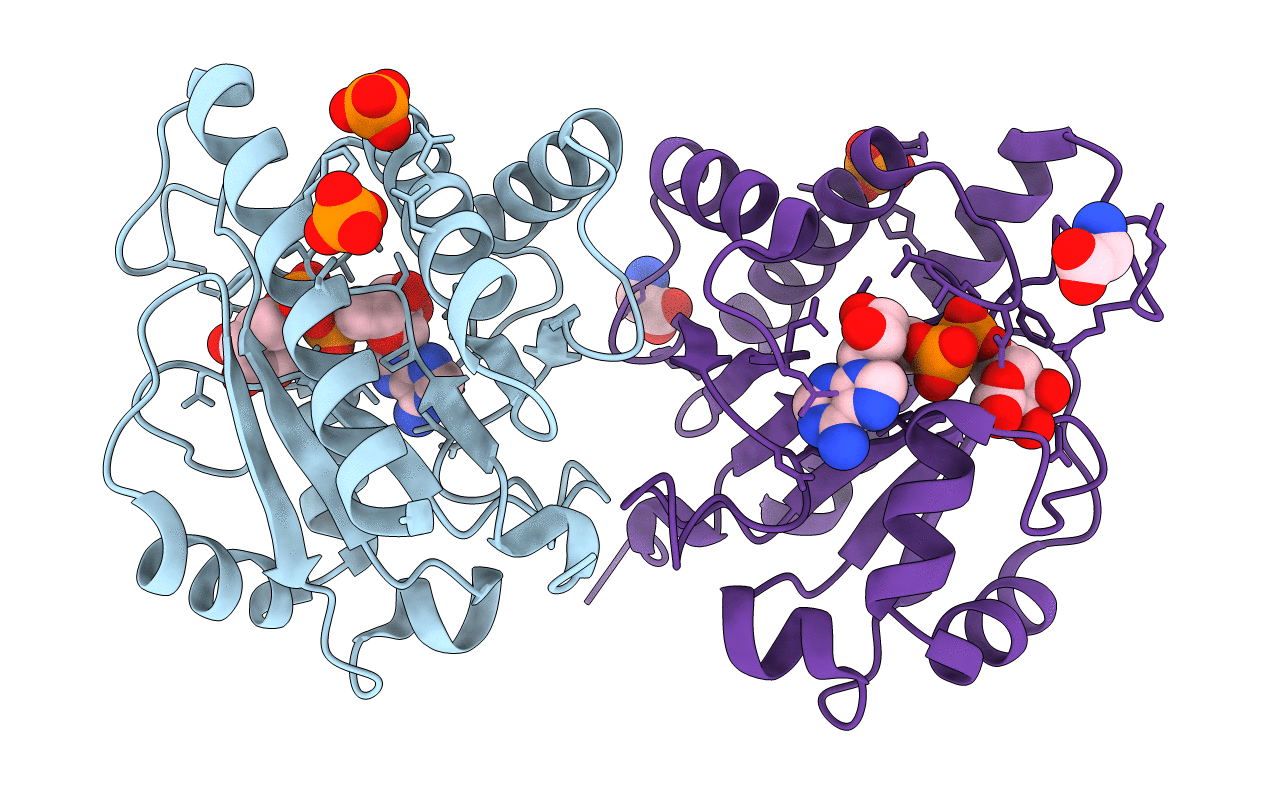
Deposition Date
2016-09-14
Release Date
2016-10-26
Last Version Date
2024-11-06
Entry Detail
PDB ID:
5LW0
Keywords:
Title:
Oryza sativa APL macrodomain in complex with ADP-ribose
Biological Source:
Source Organism:
Oryza sativa subsp. japonica (Taxon ID: 39947)
Host Organism:
Method Details:
Experimental Method:
Resolution:
1.65 Å
R-Value Free:
0.18
R-Value Work:
0.15
R-Value Observed:
0.15
Space Group:
C 1 2 1


